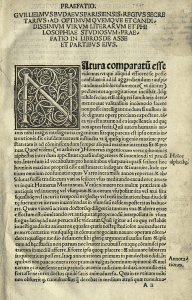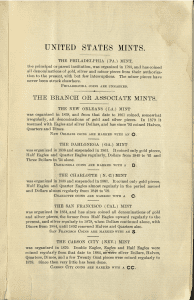Articles and ANA Reading List
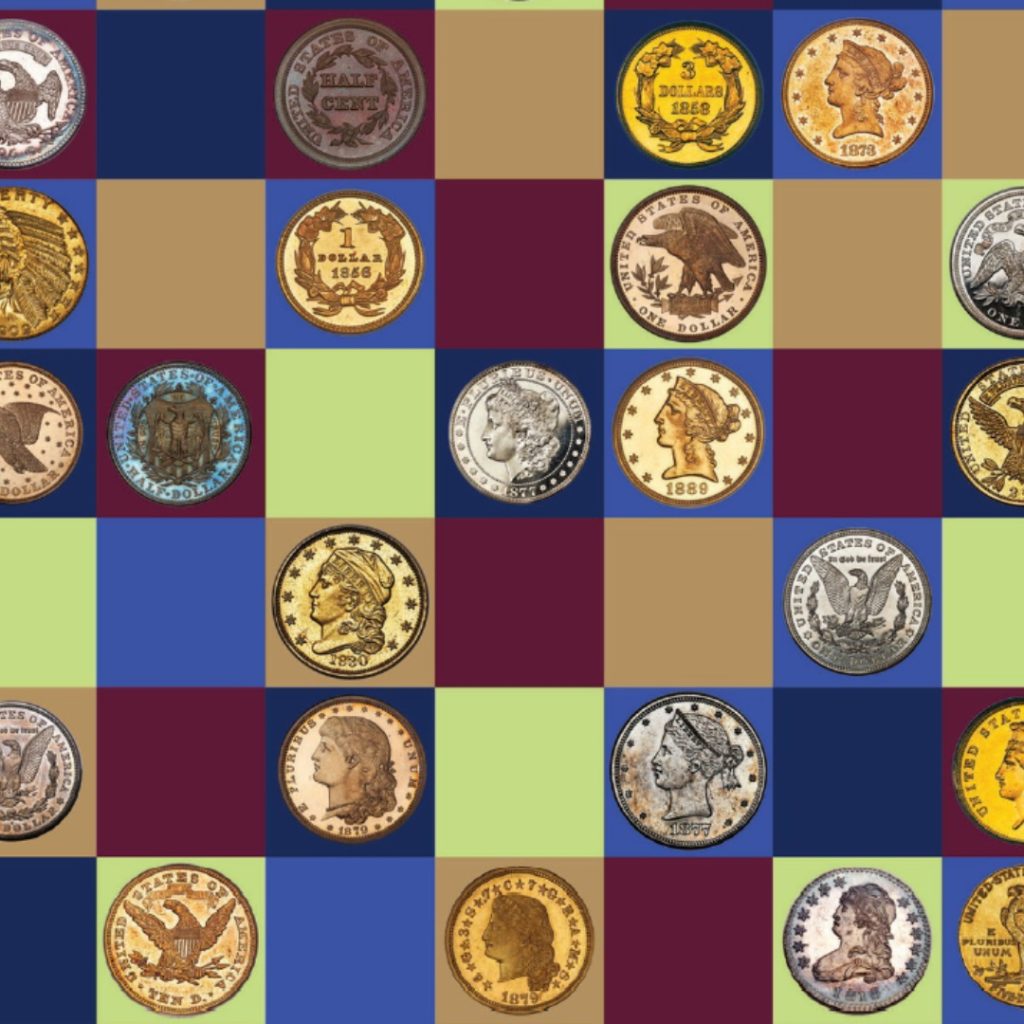
A Brief History of United States Proof Coins
Starting in the 1970’s, certain American coins have featured polished fields and unpolished reliefs.
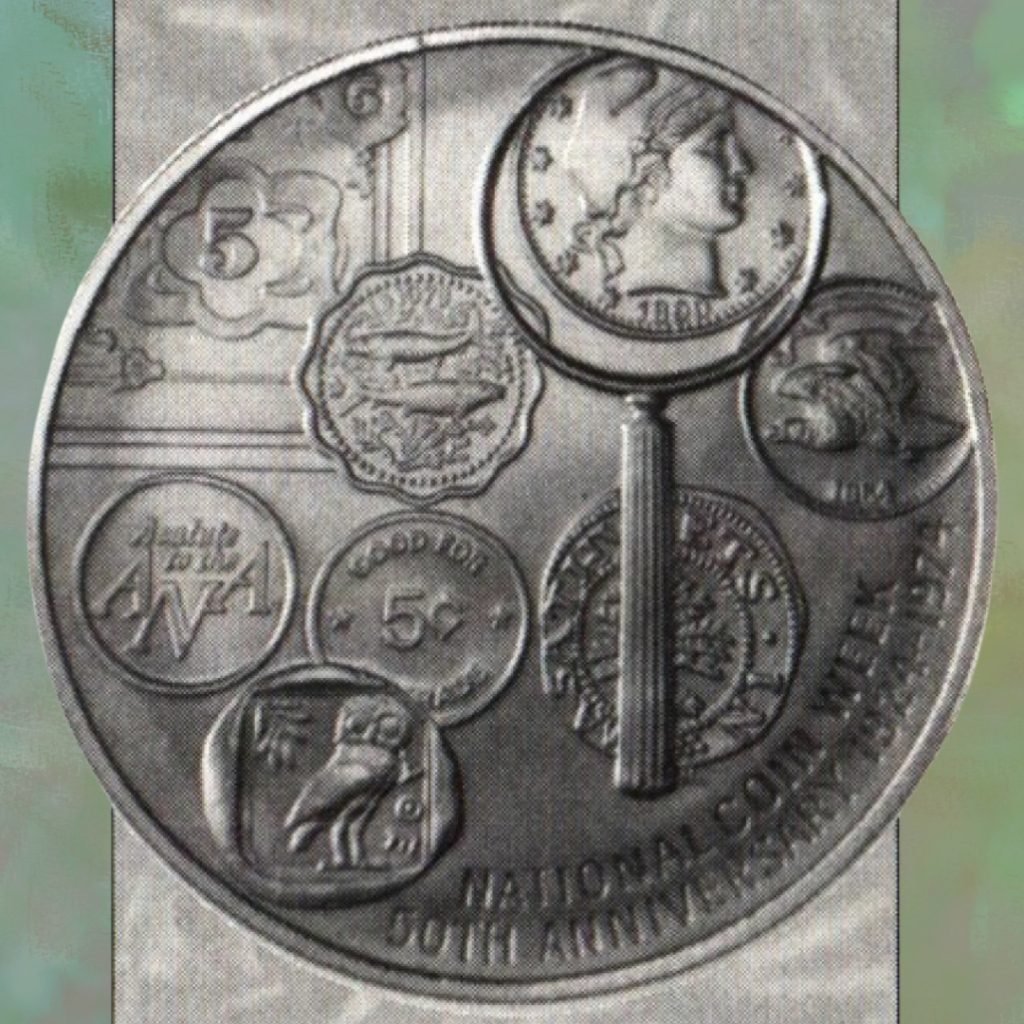
National Coin Week’s Diamond Anniversary
Take a trip through 74 years of numismatic history and learn how American society impacted the hobby — and vice versa.
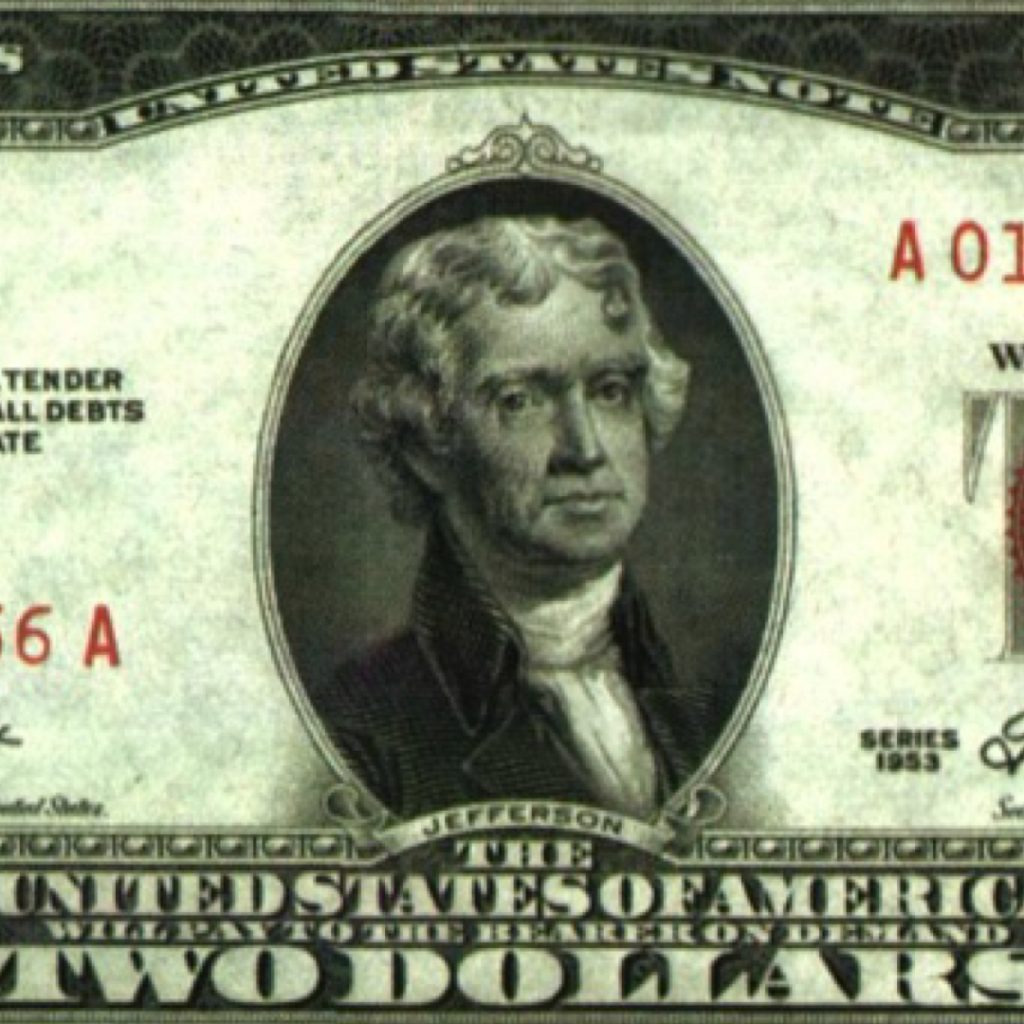
Ten Notes Worth Noting
Paper money reflects America’s economy, as well as our country’s rich history.
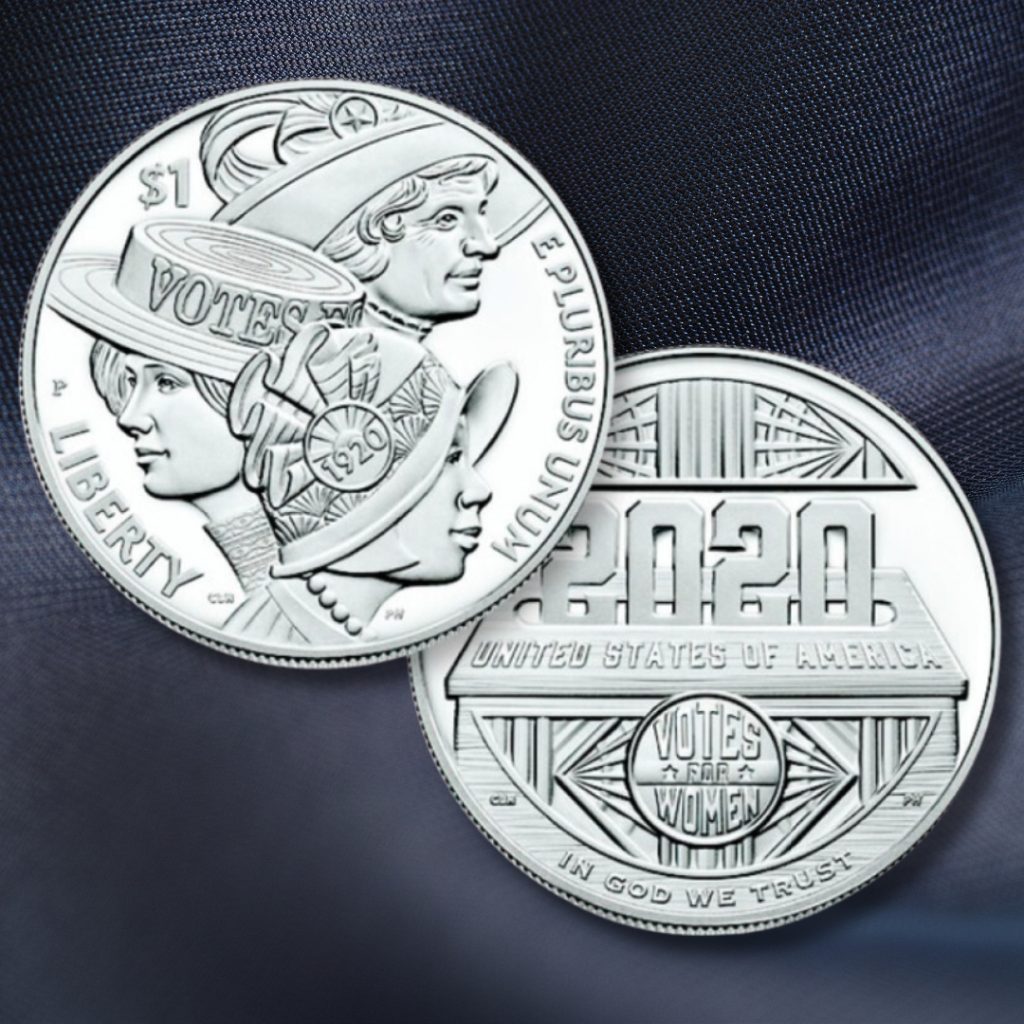
A Contested Space: Women on U.S. Coins & Paper Money
The female figure was used to represent various ideals of American currency long before women achieved equal rights.
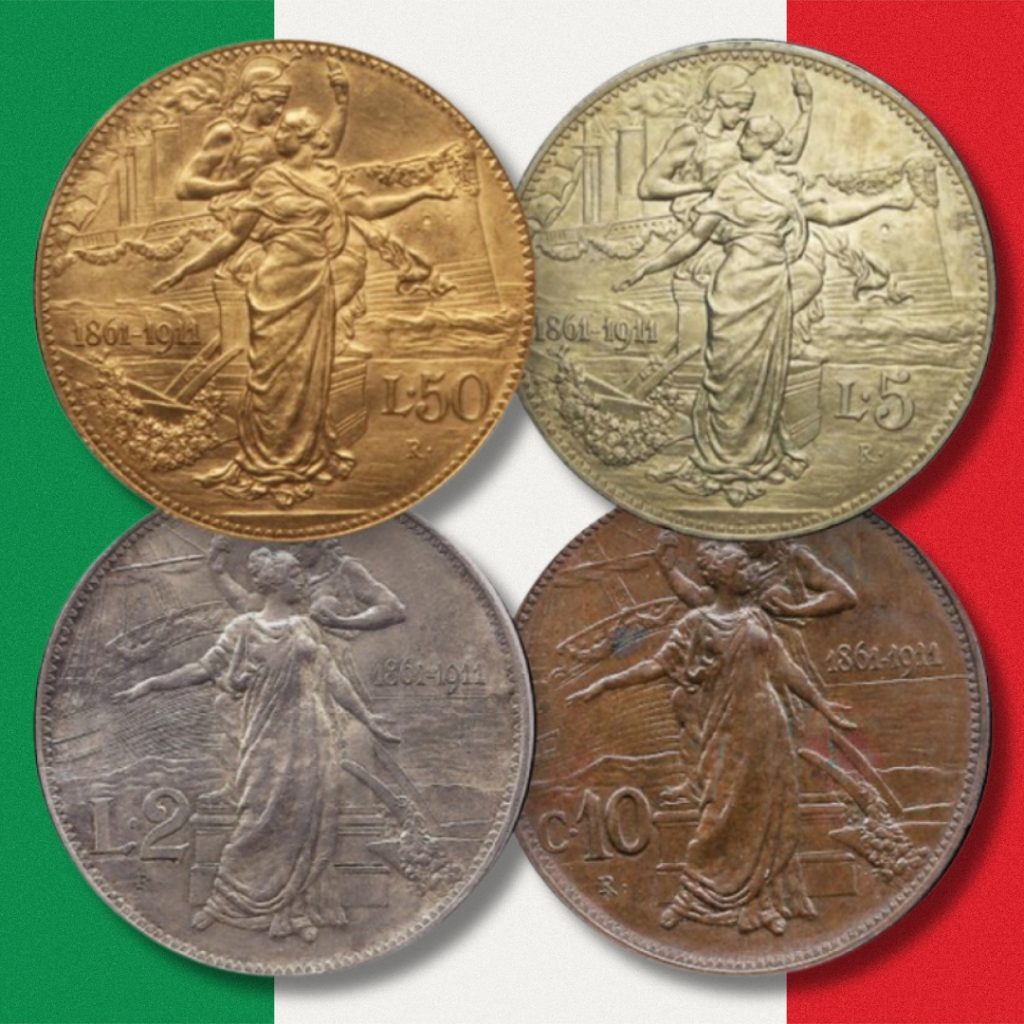
The Evolution of Italian Coinage
Vittorio Emanuele III’s currency testifies to a power struggle between a steadfast king and a growing Fascist regime.
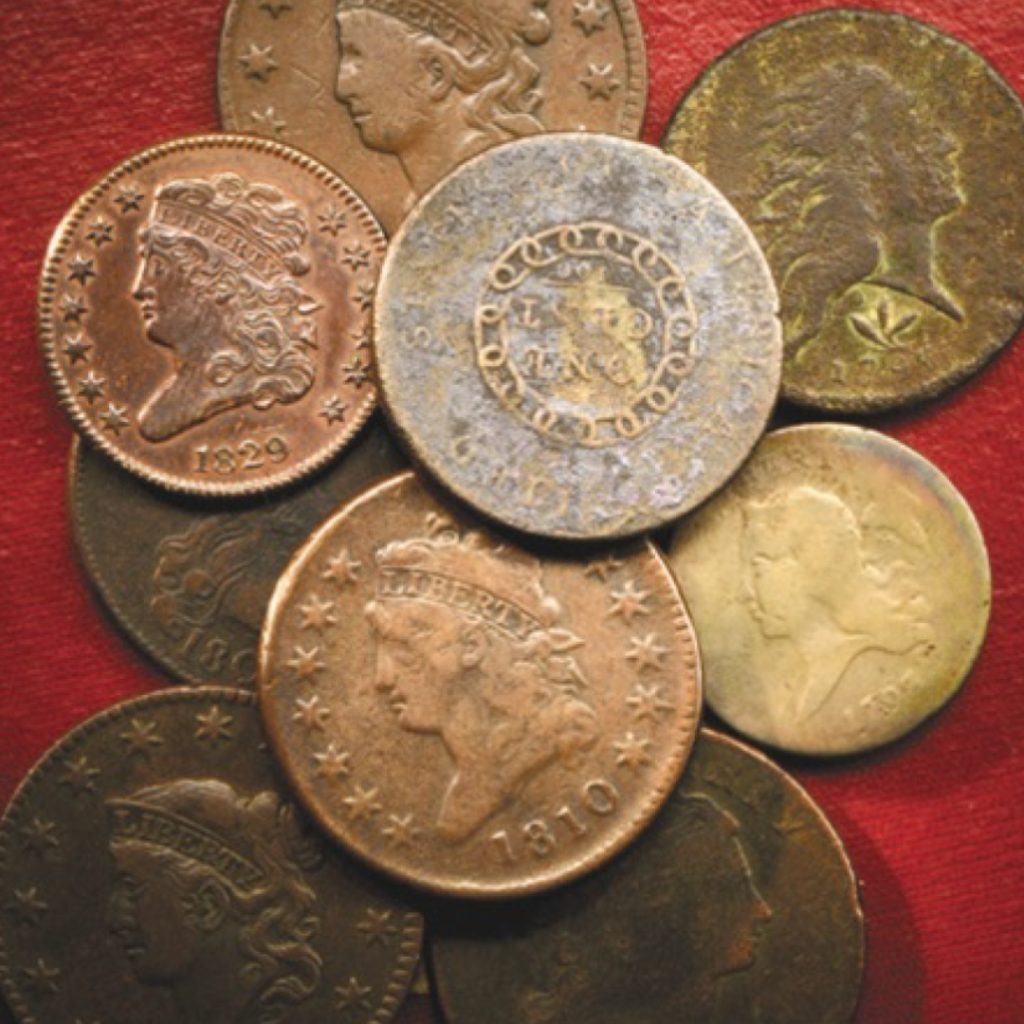
125 Years of Collecting with the ANA
The Association emerged from the challenges of 1986-91 stronger and better able to serve its members and the hobby.
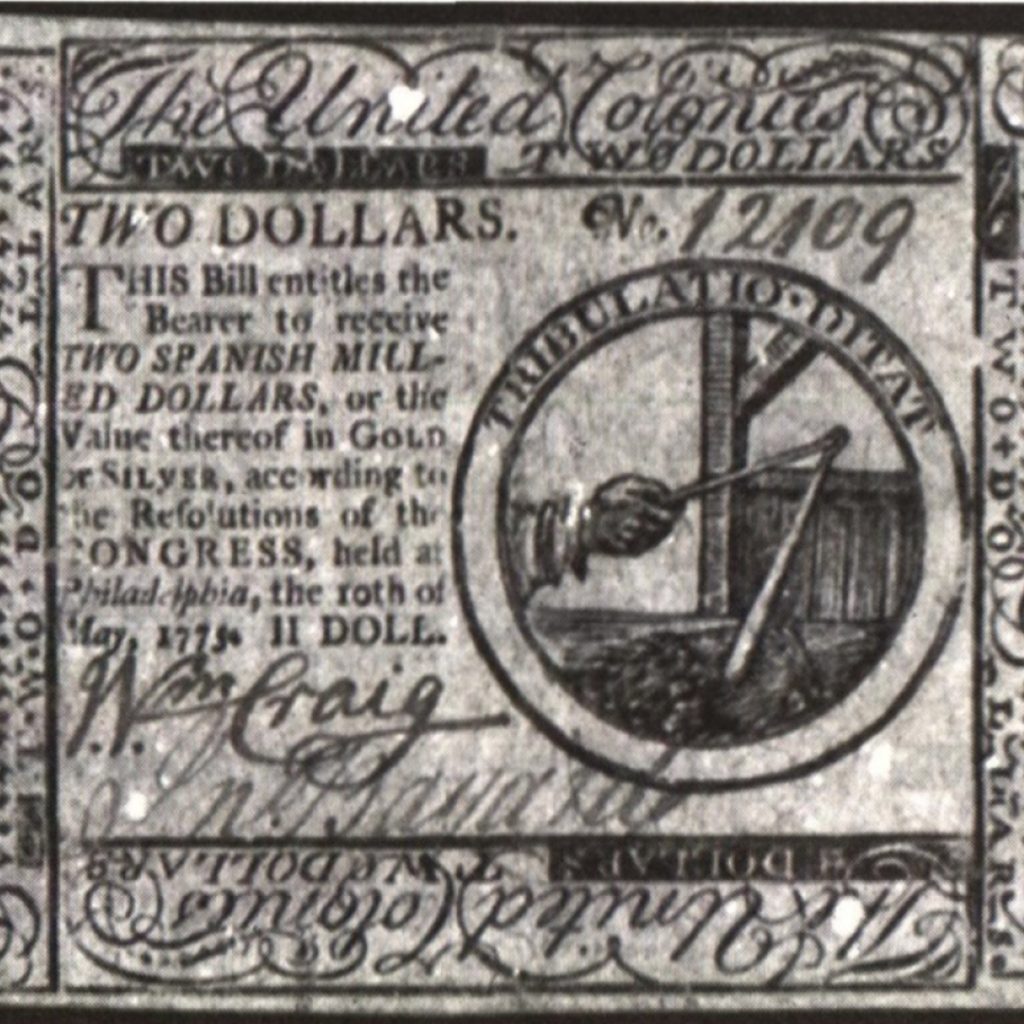
The Pageant of North Carolina Currency
The distinctive evolution of North Carolina money adds perspective to our understanding of the American experience and the development of numismatics.
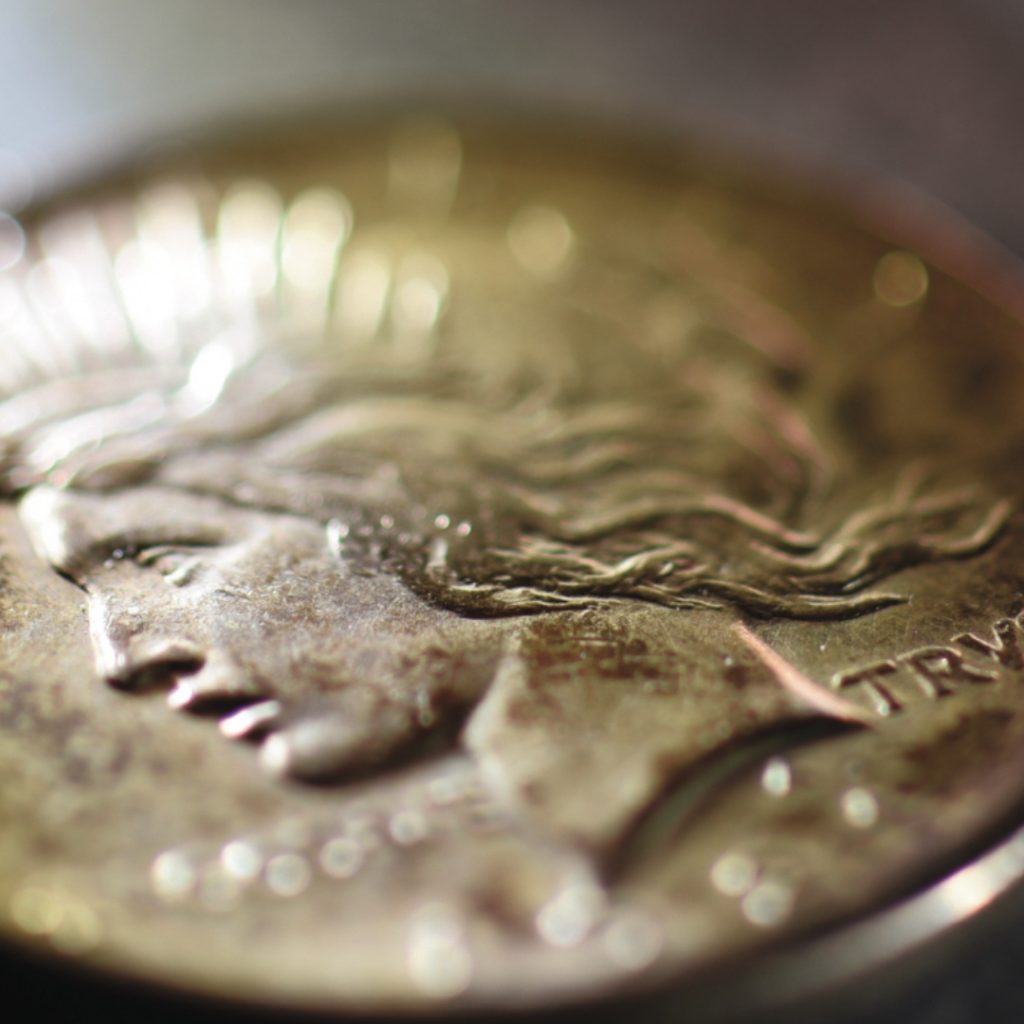
Evolution of the Peace Dollar
Design modifications extended the die life of these beautiful issues.
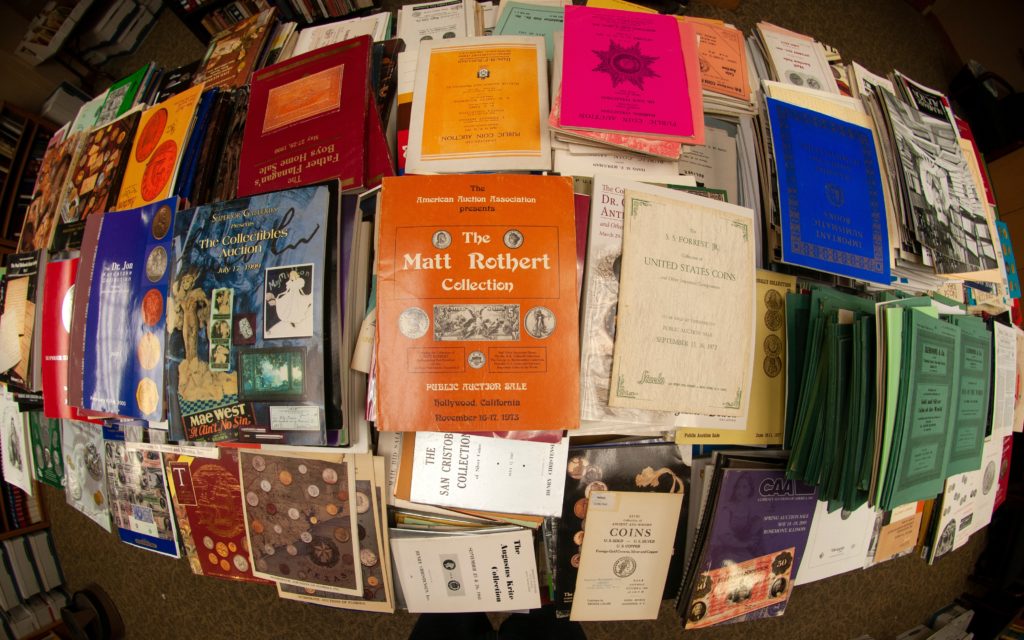
ANA Library Reading List
View this year’s reading list and expand your knowledge of numismatics.
2024 National Coin Week Online Trivia Challenge
Test your numismatic knowledge! Submit your answers by 12pm ET for a daily chance to win a 2023 or 2024 U.S. Mint Proof Set!
Question 7 | April 27
What was the name of the U.S. Branch Mint facility that was authorized and was almost built before a dwindling gold rush and bureaucratic issues shut it down before it ever struck a single coin?
Answer: The Dalles (in Oregon)
The question seven winner is Noah Janis — congratulations!
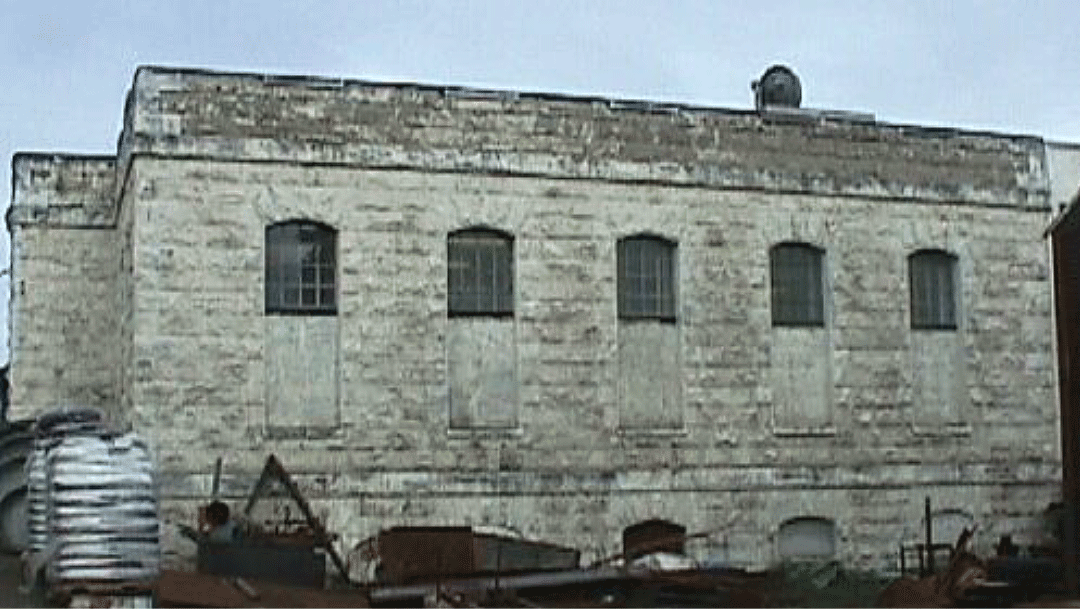
Question 6 | April 26
Numismatics has existed as a hobby of the wealthy for many centuries. Who was the author of the first printed book on this subject? Hint, the ANA Dwight N. Manley Numismatic Library possesses a copy.
Answer: Guillaume Bude
The question six winner is David Engel — congratulations!
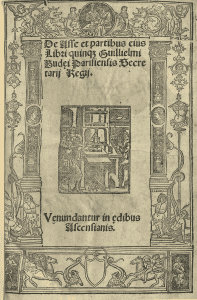
Question 5 | April 25
Eagles are seen on many U.S. coins, but how many U.S. coins include dolphins as part of their design?
Answer: Two (and they’re both commemoratives from the 1915 Panama-Pacific International Exposition – the $1 gold dollar reverse, and the $50 octagonal gold, encircling the border on both sides.)
The question five winner is Lucas Lee — congratulations!
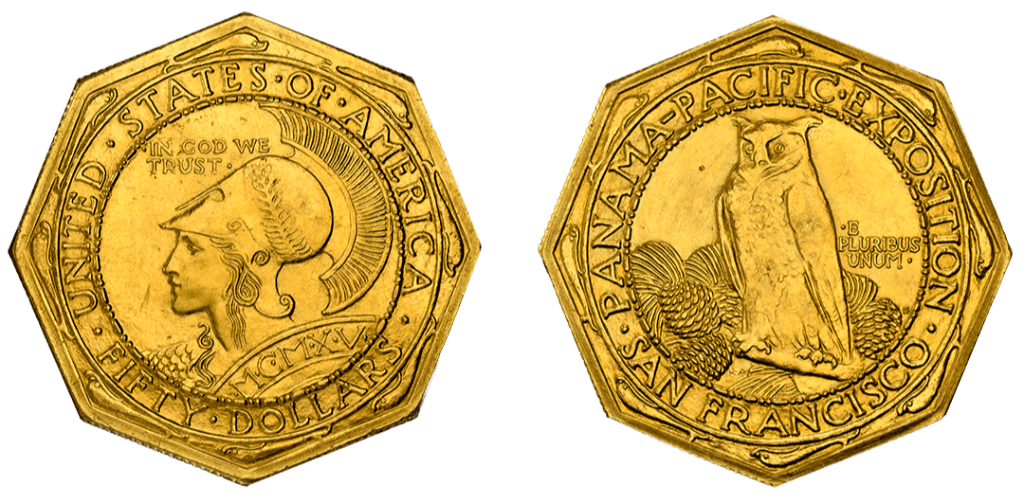
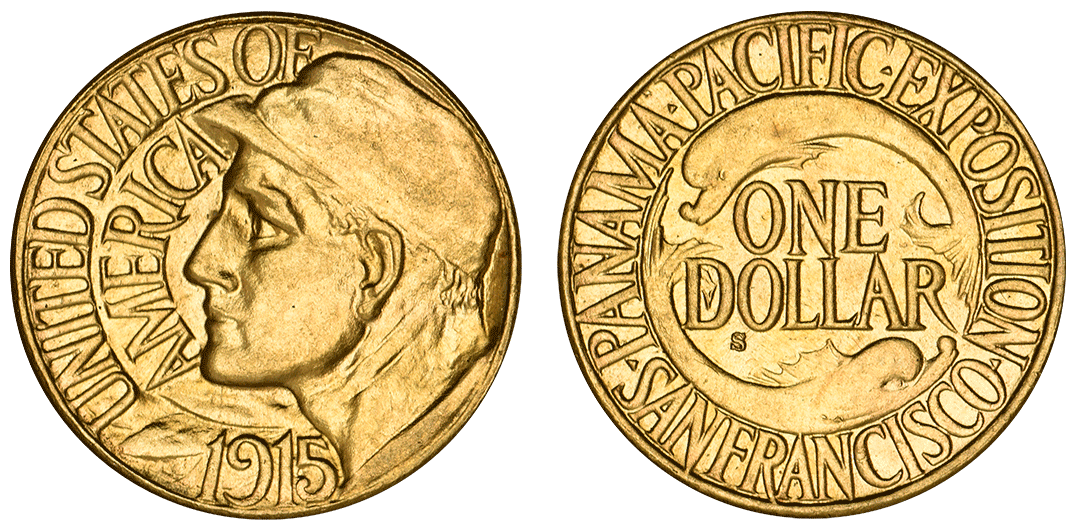
Question 4 | April 24
How many circulating denominations of United States coins have had every minted specimen struck at one U.S. Mint location? Name the denomination(s) and the mint facility.
Answer: Two-cent pieces; Philadelphia Mint
The question three winner is Derek Higgins — congratulations!
*We received feedback on the possibility of Half Cents being correct. Here is the further explanation:
The half cent was also only produced at one mint (Philadelphia – production stopped before a branch mint produced copper coins).
Our winner was selected from either answer of Half Cents or Two Cent Pieces.
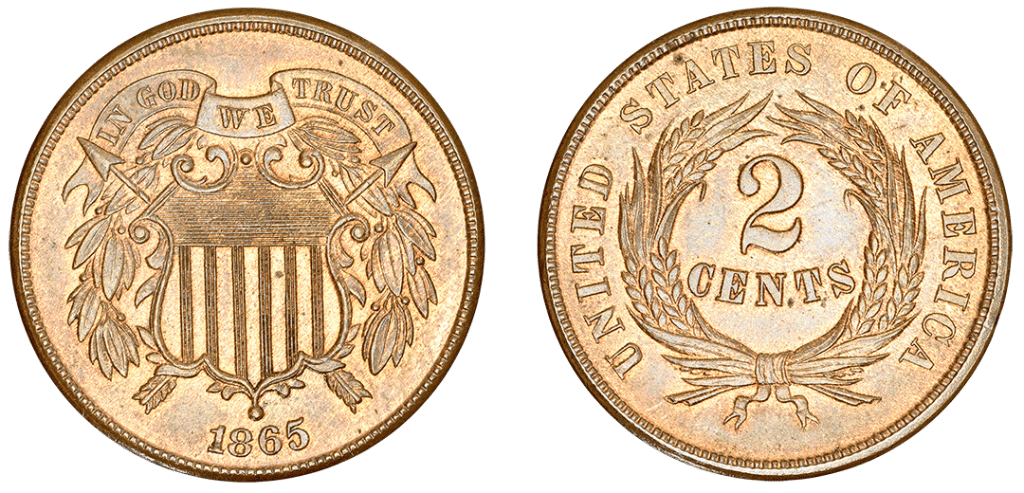
Question 3 | April 23
Today, no collection of United States coins is complete without a coin from each date of mintage and from each producing mint. But, this was not always the case. What was the first book to bring attention to the fact that United States coins were produced at the Philadelphia mint as well as a number of branch mints and who was the author?
Answer: “A Treatise on the Coinage of the United States Branch Mints” by A. G. Heaton
The question three winner is Clark Davis — congratulations!
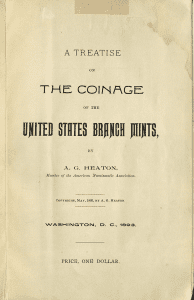
Question 2 | April 22
What was the design type of the first U.S. one dollar coin made without silver, and what was the first year it was issued?
Answer: Liberty Head (Type I) gold dollars; 1849
The question two winner is Brian Breuhan — congratulations!
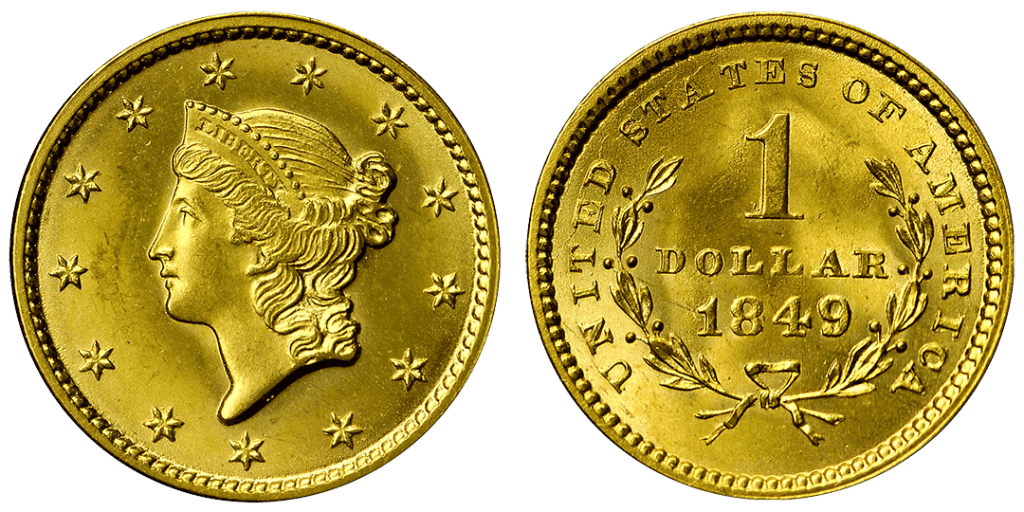
Question 1 | April 21
What country issued the first polymer note for circulation and in what year was the note issued?
Answer: Australia ($10 note); 1988 (*More info can be found in the World Paper Money, 1961-Present reference book – Catalog #49)
The question one winner is Ed Nelson — congratulations!
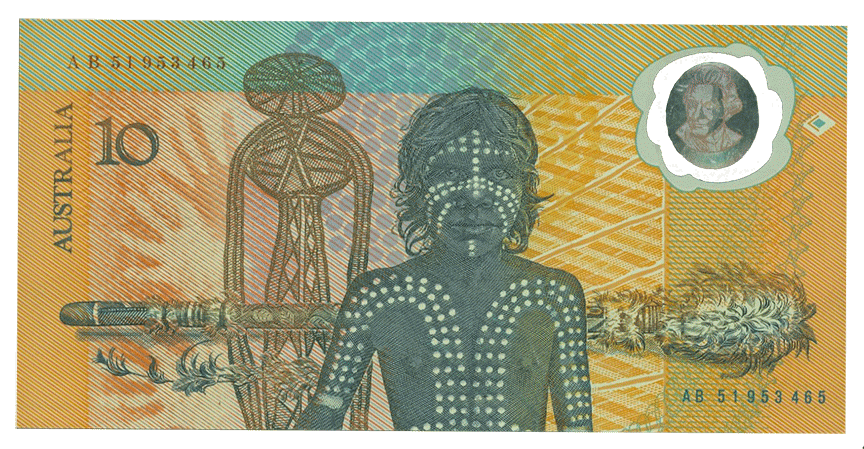
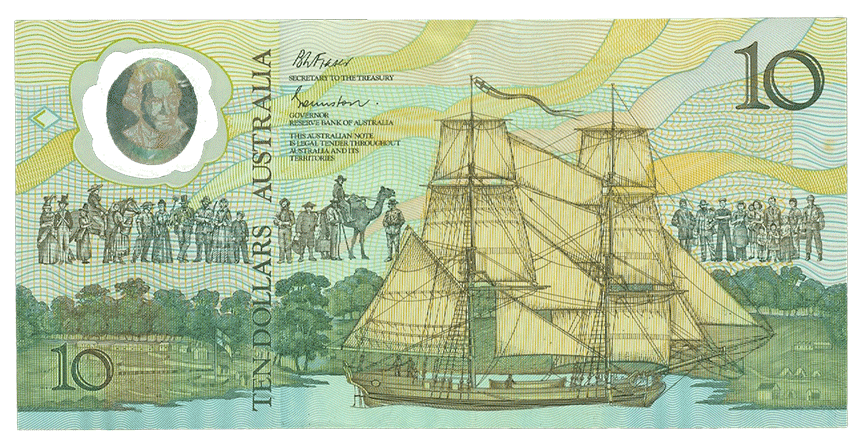
Numismatic Presentations
The 1943 Cent
The 1943 cent holds a special place in coin history as the only coin minted from steel, a measure taken during World War II to conserve copper for artillery shells.
National Personifications in Numismatics
Michael Shutterly discusses National Personifications in Numismatics, focusing specifically on the evolution of liberty.
Join the ANA on Social Media
View this post on Instagram
View this post on Instagram
View this post on Instagram
View this post on Instagram
View this post on Instagram
View this post on Instagram
The History of National Coin Week
The history of National Coin Week began in 1923, when American Numismatic Association Governor Julius Guttag suggested to the association’s President, Moritz Wormser, that a week-long event should be established “to attract the general public to our hobby and consequently increase our membership, and aid in our science.” That December, the first announcement of a “Coin Week” was made in The Numismatist and scheduled for the week of February 9-16, 1924.
The first National Coin Week was a success, and discussion ensued in 1924 about establishing an annual event. The following year, the name was changed to “Old Coin Week,” and the event was planned for February 15-21. In 1925 Wormser said, “Let us all work together for the accomplishments of the principles for which the American Numismatic Association was founded: To disperse numismatic knowledge . . . to demonstrate that numismatics is an educational and entertaining pursuit . . . and to imbue other collectors with your own enthusiasm and love for the subject.”Coin Week enjoyed successful observances in 1926 and 1927 under President H.H. Yawger.
But, from 1928 to 1938, the association did not actively promote the
event, and it existed in name only. In 1939 member Lee Hewitt of Chicago proposed that the American Numismatic Association reinstate Coin Week
as “National Coin Week.” President J. Henri Ripstra confirmed a new March date and announced that prizes would be given to clubs and individuals
who accomplished the most during the week. In 1942 the observance was
moved to the third full week of April, where it has remained ever since.
Coin Week enjoyed successful observances in 1926 and 1927 under President H.H. Yawger. But, from 1928 to 1938, the association did not actively promote the event, and it existed in name only. In 1939 member
Lee Hewitt of Chicago proposed that the American Numismatic Association reinstate Coin Week as “National Coin Week.” President J. Henri Ripstra confirmed a new March date and announced that prizes would be given to clubs and individuals who accomplished the most during the week. In 1942 the observance was moved to the third full week of April, where it has remained ever since.
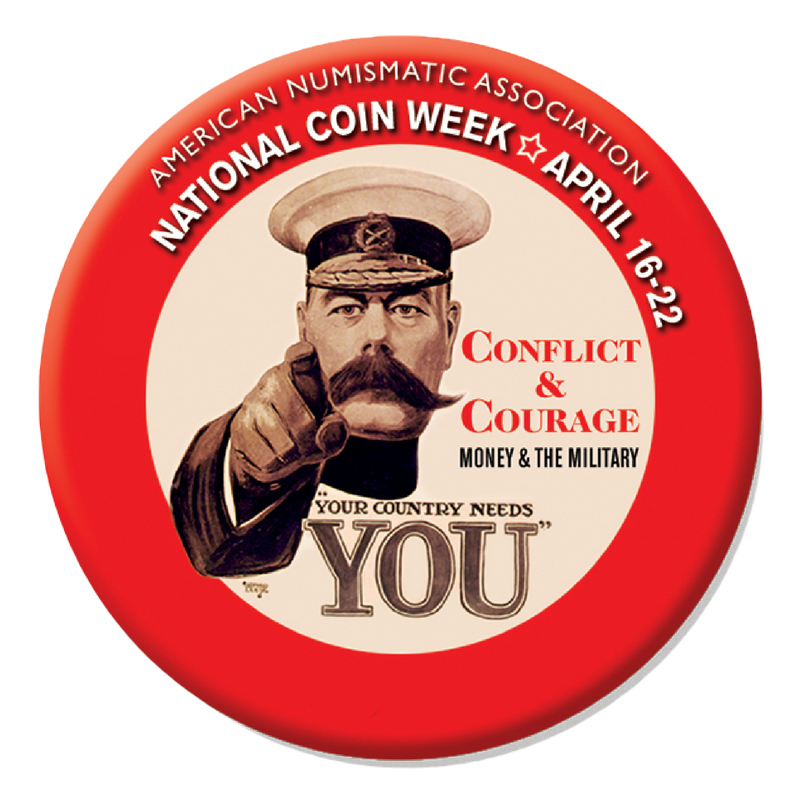
Club Resources
Download templates for National Coin Week flyers (PDF), proclamations (PDF), and press releases (Word) using the buttons below.
Subscribe to Our Blog
Numismatic news and stories, coin collecting tips, and more. ANA Coin Press is the official blog of the American Numismatic Association.
